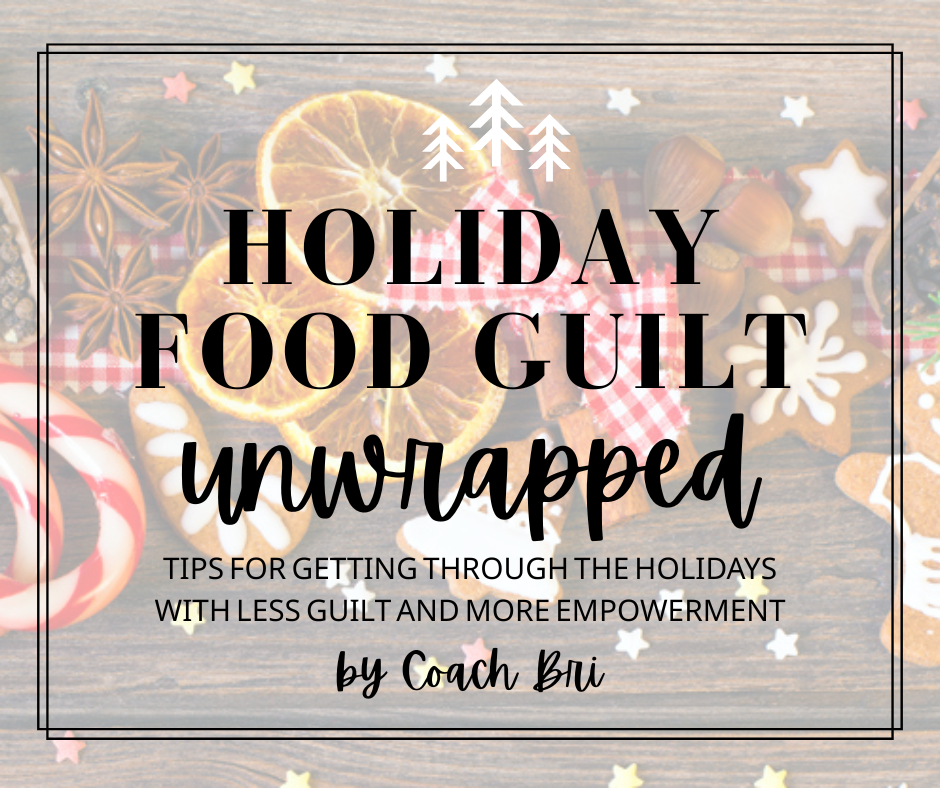5 Tips for healthier eating during a pandemic
- Coach Kayla

- Apr 27, 2020
- 3 min read
by Rhianna Brown, Registered Dietitian

1. Focus on fruits and veggies.
When people start a new chapter in their nutrition journey, they tend to put an emphasis on what they can’t have, instead, try and focus on what you CAN have. Fruits and vegetables are typically nutrient dense and help you feel full, but are not excessive in calories. The recommended daily amount of fruits and vegetables for an adult is 9 servings. One vegetable serving generally defined as either one cup of raw vegetables or half cup of cooked vegetables. One serving of fruit is defined as 1/2 cup unsweetened canned or frozen fruit, 1 small fresh fruit, 1/2 cup unsweetened fruit juice, or 2 tbsp of dried fruit. If you start with high quality fruits and veggies, you're less likely to have some of the calorically dense, nutrient deficient foods that might be tempting you during these stressful times.
2. Portion control.
In these peculiar times, it’s easy to sit down in front of the TV with some chips and eat your way through a bag while watching your favorite show. If you take a couple minutes to portion out a serving size, it could be the difference between hundreds of calories. Logging foods into a calorie tracker, such as My Fitness Pal, can also help you learn the fundamentals of appropriate portion sizes. Once you start tracking, you’ll likely be surprised how many calories you consume when you’re mindlessly eating your way through a jar of peanut butter.

3. Consistency is key.
Do you find yourself frequently walking to the kitchen for several snacks throughout the day? It's hard not to wander back to the refrigerator, especially if your day is lacking structure. Setting guidelines or a schedule for yourself can help to alleviate extra, unnecessary "feedings." Something along the lines of 3 meals and 2 snacks, or 3 meals and 3 snacks, would be a good place to start. But honestly, find what works for you. Structure alone will keep you focused and intentionally about what you're consuming. If you find yourself hungry despite sticking to your structured schedule, try adding more foods to your diet with higher contents of fiber, protein, and/or healthy fats.
4. Protein and fiber, get some at every meal.
Foods that are considered either a good source of protein or fiber are going to help you feel full longer and should be prioritized. Good sources of fiber are foods such as fruits, vegetables, lentils, and whole grains. Dairy products, meats, fish, eggs, and nuts are considered good sources of protein and when had in adequate amounts lead to reduced appetite and greater satiety.
5. Water, just drink it.
Water should be your primary source of fluids, with a standard goal people often strive for as a gallon per day. If you consume a gallon of water daily, you’ll have less time throughout the day to drink other fluids which could potentially be calorically dense such as juices, soda, coffee, and last but certainly not least alcohol. And while we are on the topic of alcohol, remember moderation is key. We are currently dealing with difficult times so if you feel as if a beverage or two throughout the day to unwind would be beneficial for you, that’s okay but, set a guideline for yourself. If you are typically consuming a bottle of wine per night, it would serve you (and your goals) well to set a goal of only having a glass or two per night. Or, if you only have one or two beverages per day, maybe you set a goal of only having one drink, 3-4 times per week. Make it realistic and do your best to stick to it.
While we are all settling in with this new not-so-normal life, don’t stray too far from your personal goals. This extra time we are being provided can be used to create healthy habits that can continue even after quarantine ends.





Comments